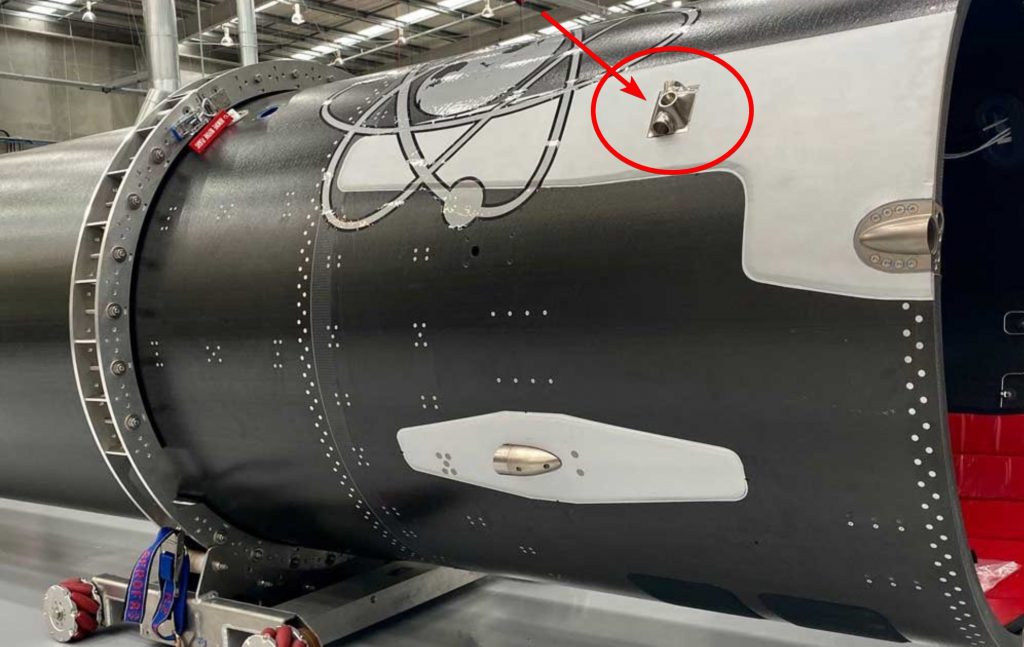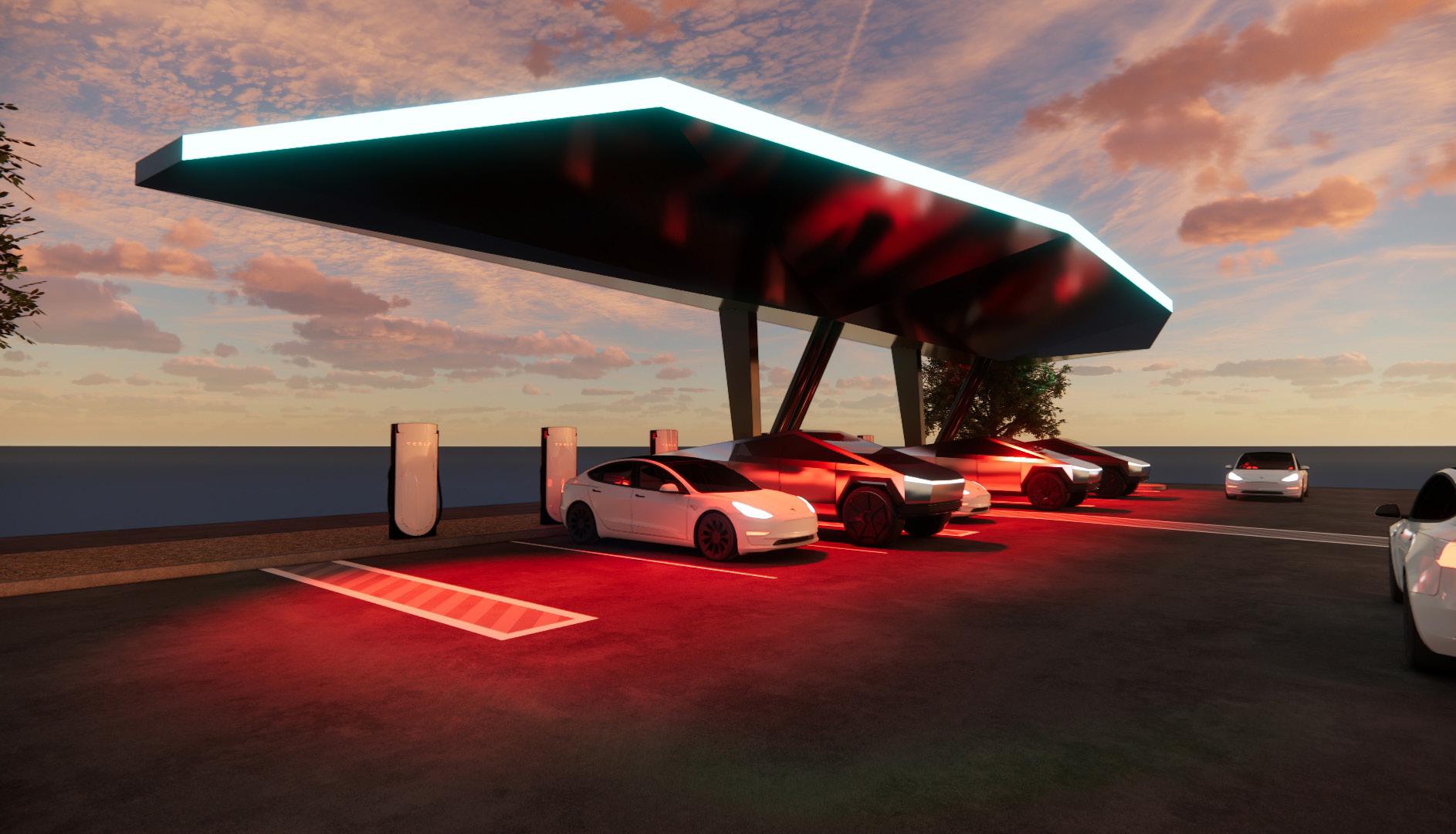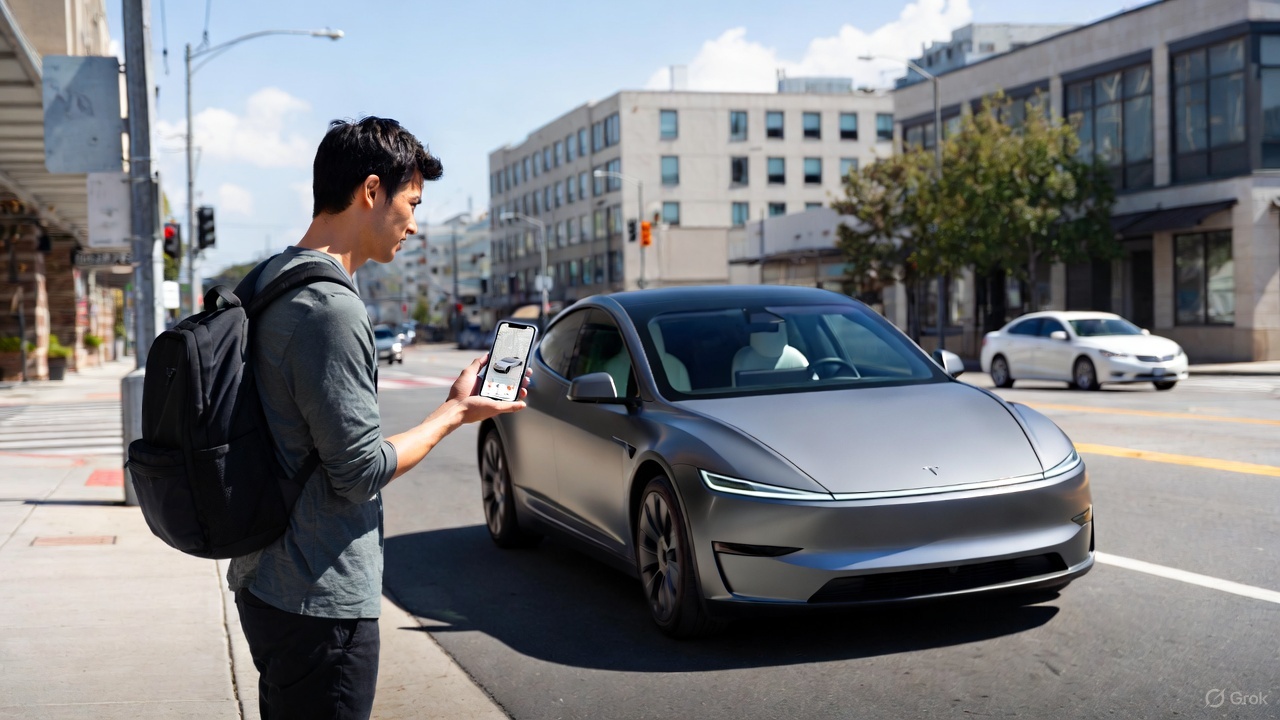

News
SpaceX reusability may soon be in good company as Rocket Lab catches rocket with a helicopter
Rocket Lab, the world’s most prominent dedicated small satellite launcher, has made significant headway on plans to recover and reuse the booster stage of its Electron rocket, meaning that SpaceX’s reusable Falcon rockets could finally have company.
Recovering a booster is perhaps where all similarities end, however. While the SpaceX Falcon 9 gracefully guides itself back for a controlled landing on an ocean-going drone ship or land-based landing zone, Rocket Lab’s Electron booster will be snagged straight out of the air by a helicopter with a grappling hook.

Recently, Rocket Lab completed what the company called “a major step forward” in plans to achieve full booster recoverability with the successful completion of a “mid-air recovery” test. The test occurred over the open ocean near New Zealand and featured what was identified as an “Electron first stage test article.” One helicopter released the test article at a low altitude – around 2.5km (8,000ft) – and a nearby second helicopter, outfitted with a specially designed grappling hook, swooped in and snatched it out of the sky as it plummeted toward the ocean.
Rocket Lab’s recovery efforts did not simply begin with dropping a rocket-shaped test article from a helicopter. Long before ever attempting to catch a test article falling through the sky, the company had to ensure that the first stage of the Electron booster could even survive the return trip. Rocket Lab CEO and founder, Peter Beck, referred to it as punching through the wall which best summarizes the conditions that the first stage encounters upon re-entry through on the Earth’s dense atmosphere.

The company’s tenth successful launch dubbed “Running Out of Fingers” in December of 2019 was not only successful because it delivered and deployed the payload, but it was also the first time that Electron’s first stage first made it safely through the wall intact. Unlike SpaceX’s Falcon 9 that slows during descent with a series of engine burns, Rocket Lab’s Electron orients itself for the right “angle of attack” to slow down during re-entry.
The first stage of Electron has undergone a number of block upgrades to enable re-entry in one piece. The tenth mission featured the use of the upgraded Electron booster equipped with guidance and navigation hardware, as well as, a reaction control system (RCS) to gently control and reorient the first-stage during re-entry. The RCS was able to keep the booster adequately oriented and slowed it to under 900 kilometers per hour (560mph) for a controlled sea-level impact. The following eleventh mission dubbed “Birds of a Feather” in February 2020, also featured a successful controlled descent of the upgraded Electron first stage.
The final step in slowing the Electron down enough to be recovered by a grappling hook suspended by a helicopter was to develop and test a parachute system. Beck posted a teaser of the prototype parachute on Twitter in early February promising low altitude drop tests to follow soon after. Rocket Lab stated that the successful “mid-air recovery” test occurred weeks prior to the now mandated “Safer at Home” orders given in New Zealand amid the global COVID-19 pandemic.
As reported by Michael Sheetz of CNBC, Rocket Lab will continue to test recovery efforts on an undisclosed mission scheduled for later this year. That test will exercise Electron’s RCS block upgrades and parachute system to a greater extent to slow the booster to a point of survivability upon impact with the water – a speed of about 8kilometers per hour (5mph).
Like SpaceX, Rocket Lab targets a reduction of launch costs and an increase in launch capabilities with full first-stage reusability. The dedicated launcher of small satellites also strives to further open access to space for the rapidly expanding small satellite market.
Currently, Rocket Lab has two operational launch pads, one on New Zealand’s Mahia Penninsula and another at the Mid-Atlantic Regional Spaceport at NASA’s Wallops Flight Facility in Virginia. Later this year a second location on New Zealand’s Mahia Penninsula will come online drastically increasing Rocket Lab’s launching capabilities.
Check out Teslarati’s newsletters for prompt updates, on-the-ground perspectives, and unique glimpses of SpaceX’s rocket launch and recovery processes.

News
Tesla gamifies Supercharging with new ‘Charging Passport’
It will also include things like badges for special charging spots, among other metrics that will show all of the different places people have traveled to plug in for range.

Tesla is gamifying its Supercharging experience by offering a new “Charging Passport,” hoping to add a new layer to the ownership experience.
While it is not part of the Holiday Update, it is rolling out around the same time and offers a handful of cool new features.
Tesla’s Charging Passport will be available within the smartphone app and will give a yearly summary of your charging experience, helping encapsulate your travel for that year.
It will also include things like badges for special charging spots, among other metrics that will show all of the different places people have traveled to plug in for range.
Tesla has just introduced “Charging Passport,” a new yearly summary of your charging.
• Charging badges: Iconic Charging badge (for visiting places like the Tesla Diner, Oasis Supercharger, etc), Explorer badge, green saver badge, etc.
• Total unique Superchargers visited
•… pic.twitter.com/c1DHTWXpj7— Sawyer Merritt (@SawyerMerritt) December 8, 2025
Tesla will include the following metrics within the new Charging Passport option within the Tesla app:
- Charging badges: Iconic charging badges for visiting places like the Tesla Diner, Oasis Supercharger, etc., Explorer Badge, and more
- Total Unique Superchargers Visited
- Total Charging Sessions
- Total Miles Added during Charging Sessions
- Top Charging Day
- Longest Trip
- Favorite Charging Locations
This will give people a unique way to see their travels throughout the year, and although it is not necessarily something that is needed or adds any genuine value, it is something that many owners will like to look back on. After all, things like Spotify Wrapped and Apple Music Replay have been a great way for people to see what music they listened to throughout the year.
This is essentially Tesla’s version of that.
With a handful of unique Superchargers already active, Tesla is also building some new ones, like a UFO-inspired location in New Mexico, near Roswell.
Tesla is building a new UFO-inspired Supercharger in the heart of Alien country
News
Tesla launches its coolest gift idea ever just a few weeks after it was announced
“Gift one month of Full Self-Driving (Supervised), which allows the vehicle to drive itself almost anywhere with minimal intervention.”

Tesla has launched its coolest gift idea ever, just a few weeks after it was announced.
Tesla is now giving owners the opportunity to gift Full Self-Driving for one month to friends or family through a new gifting program that was suggested to the company last month.
The program will enable people to send a fellow Tesla owner one month of the company’s semi-autonomous driving software, helping them to experience the Full Self-Driving suite and potentially help Tesla gain them as a subscriber of the program, or even an outright purchase.
Tesla is going to allow owners to purchase an FSD Subscription for another owner for different month options
You’ll be able to gift FSD to someone! https://t.co/V29dhf5URj
— TESLARATI (@Teslarati) November 3, 2025
Tesla has officially launched the program on its Shop. Sending one month of Full Self-Driving costs $112:
“Gift one month of Full Self-Driving (Supervised), which allows the vehicle to drive itself almost anywhere with minimal intervention. All sales are final. Can only be purchased and redeemed in the U.S. This gift card is valued at $112.00 and is intended to cover the price of one month of FSD (Supervised), including up to 13% sales tax. It is not guaranteed to cover the full monthly price if pricing or tax rates change. This gift card can be stored in Tesla Wallet and redeemed toward FSD (Supervised) or any other Tesla product or service that accepts gift card payments.”
Tesla has done a great job of expanding Full Self-Driving access over the past few years, especially by offering things like the Subscription program, free trials through referrals, and now this gift card program.
Gifting Full Self-Driving is another iteration of Tesla’s “butts in seats” strategy, which is its belief that it can flip consumers to its vehicles and products by simply letting people experience them.
There is also a reason behind pushing Full Self-Driving so hard, and it has to do with CEO Elon Musk’s compensation package. One tranche requires Musk to achieve a certain number of active paid Full Self-Driving subscriptions.
More people who try the suite are likely to pay for it over the long term.
News
Tesla expands Robotaxi app access once again, this time on a global scale
Tesla said recently it plans to launch Robotaxi in Miami, Houston, Las Vegas, Phoenix, and Dallas.

Tesla has expanded Robotaxi app access once again, but this time, it’s on a much broader scale as the company is offering the opportunity for those outside of North America to download the app.
Tesla Robotaxi is the company’s early-stage ride-hailing platform that is active in Texas, California, and Arizona, with more expansion within the United States planned for the near future.
Tesla said recently it plans to launch Robotaxi in Miami, Houston, Las Vegas, Phoenix, and Dallas.
The platform has massive potential, and Tesla is leaning on it to be a major contributor to even more disruption in the passenger transportation industry. So far, it has driven over 550,000 miles in total, with the vast majority of this coming from the Bay Area and Austin.
First Look at Tesla’s Robotaxi App: features, design, and more
However, Tesla is focusing primarily on rapid expansion, but most of this is reliant on the company’s ability to gain regulatory permission to operate the platform in various regions. The expansion plans go well outside of the U.S., as the company expanded the ability to download the app to more regions this past weekend.
So far, these are the areas it is available to download in:
- Japan
- Thailand
- Hong Kong
- South Korea
- Australia
- Taiwan
- Macau
- New Zealand
- Mexico
- U.S.
- Canada
Right now, while Tesla is focusing primarily on expansion, it is also working on other goals that have to do with making it more widely available to customers who want to grab a ride from a driverless vehicle.
One of the biggest goals it has is to eliminate safety monitors from its vehicles, which it currently utilizes in Austin in the passenger’s seat and in the driver’s seat in the Bay Area.
A few weeks ago, Tesla started implementing a new in-cabin data-sharing system, which will help support teams assist riders without anyone in the front of the car.
Tesla takes a step towards removal of Robotaxi service’s safety drivers
As Robotaxi expands into more regions, Tesla stands to gain tremendously through the deployment of the Full Self-Driving suite for personal cars, as well as driverless Robotaxis for those who are just hailing rides.
Things have gone well for Tesla in the early stages of the Robotaxi program, but expansion will truly be the test of how things operate going forward. Navigating local traffic laws and gaining approval from a regulatory standpoint will be the biggest hurdle to jump.








